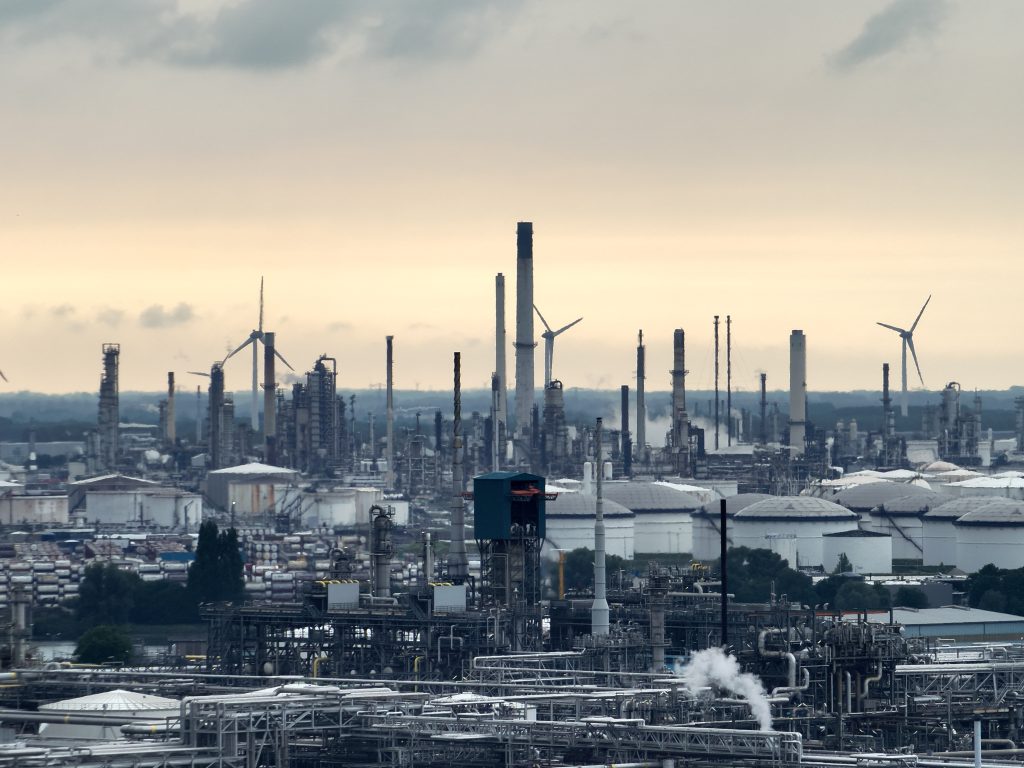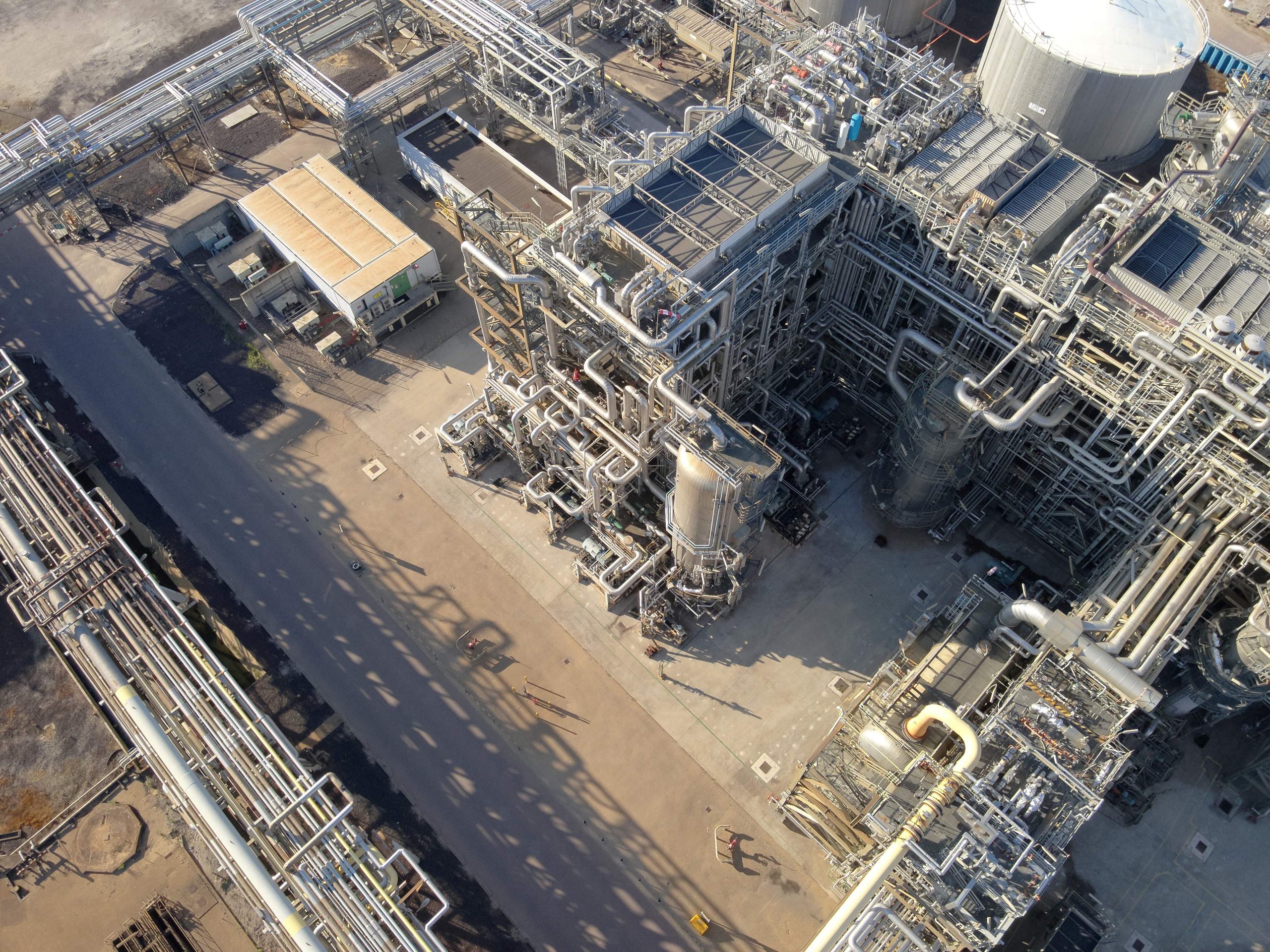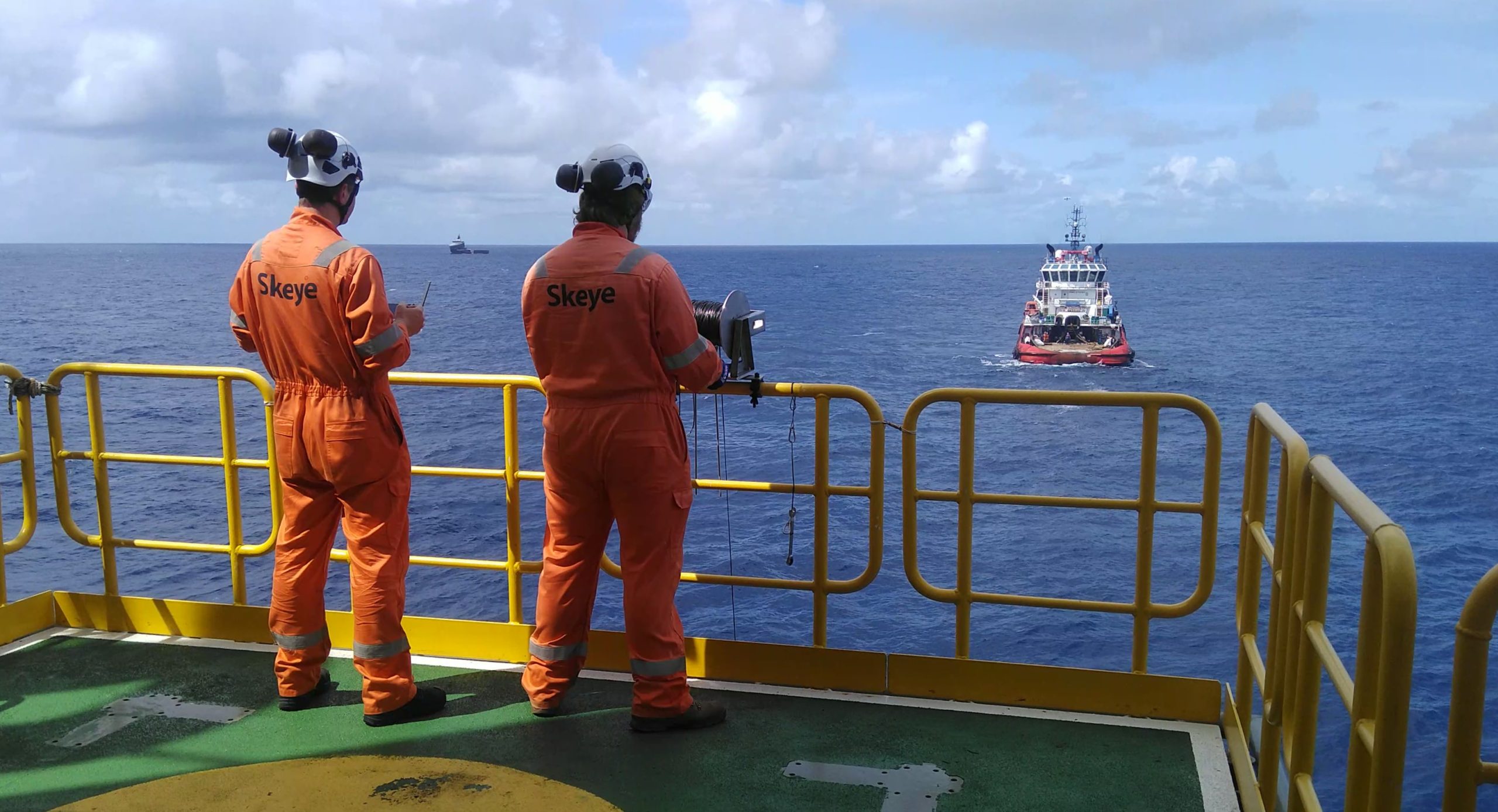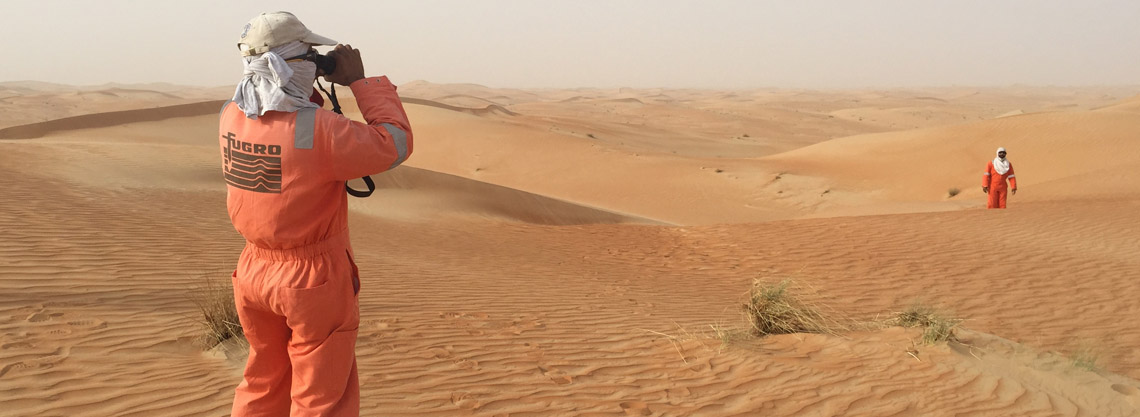Shell Remote Operations (BVLOS)
Under Skeye’s EASA LUC authorisation for BVLOS flights over 1000+ flights per month across Shell’s refineries, storage tanks, pipe racks, factories and jetties in the Rotterdam harbour. From the Skeye Remote Flight Centre (SRFC) at our head office, missions are flown remotely using multiple Drone in a Box (DIAB) systems 7 days a week in three shifts. During these missions’ data ranging from RGB imagery, Thermal, Video and Emission Data is automatically captured. Anomalies are either immediately seen by the pilot or detected by the Shell inhouse developed machine vision models. Results are then passed to the operators in the control room to act if required.
The DIAB program at Shell is named rounds by exception. Physical operator rounds to check for leakages, abnormal gauge metre readings, water on floating roof storage tanks etc have been replaced by the drone program and only performed by exception. The result is objective, repeatable evidence that supports rounds by exception. Operators act when the system flags an issue, rather than walking fixed routes.
Typical missions flown:
-Floating roof tank inspections
-Monitoring of critical gauges on processing facilities
-Thermal monitoring of assets
-Visual Pipe Rack Inspections
-Emergency Response assistance
-Measuring of emissions

Drone-captured aerial view of an industrial facility by Skeye — providing detailed insights for inspection, mapping, and monitoring.
Data & assurance:
The entire chain of data transfer from the drone to Shell is fully secured for Cyber Threats using encryption, VPN and on-premises software to comply with the highest standards.
Findings are timestamped, logged and integrated into Shell maintenance and security workflows. Analytics are performed by Shell—model-assisted detections produce yes/no answers inside Shell’s own toolchain—while Skeye supplies the underlying imagery and raises timely alerts.
Advantages for Shell:
– Time efficiency: large areas are quickly covered and rapid re-tasking when priorities change.
– Safety: fewer exposure hours at height or in restricted zones.
– Redeploying people to other tasks: Shell technicians can focus on diagnostics and remediation instead of routine patrols.
– Consistency: repeatable quality and auditable records across all day operations.



